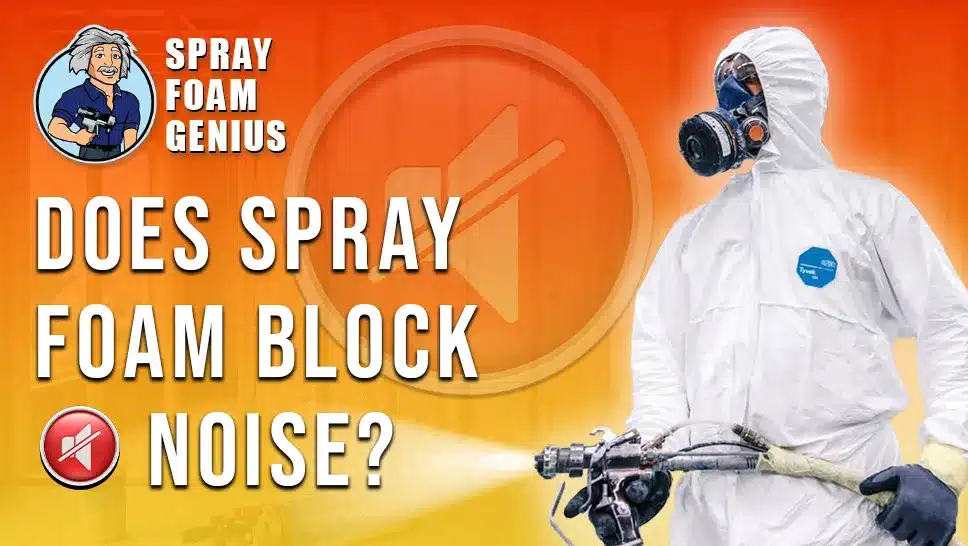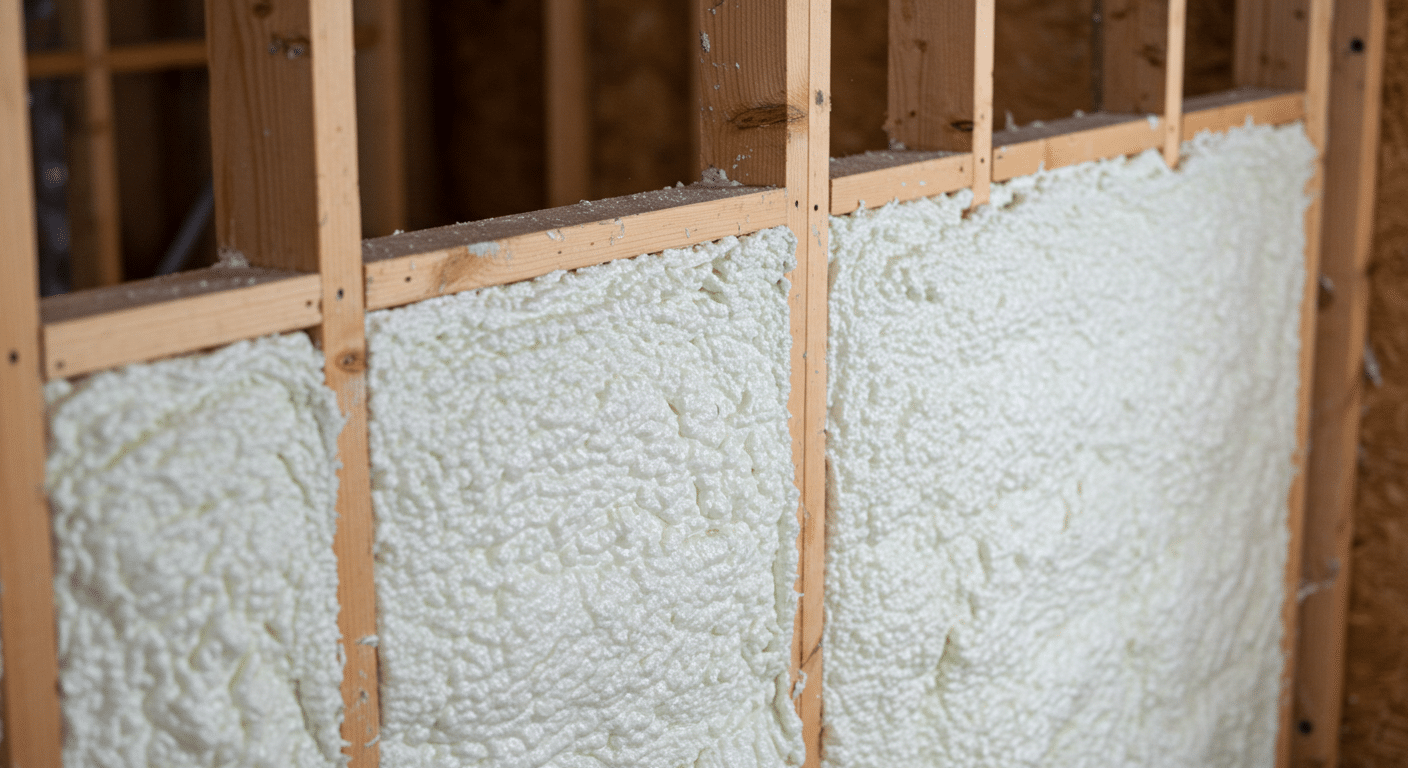
Spray foam insulation can reduce airborne noise but is not a full soundproofing solution. Open-cell spray foam offers better sound absorption than closed-cell foam due to its softer, porous structure, making it moderately effective against voices, TV noise, and light traffic sounds. However, it does not block impact or low-frequency noise as effectively as specialized soundproofing materials like mass-loaded vinyl or acoustic panels. For homes seeking basic noise dampening alongside thermal insulation, open-cell spray foam can be a dual-purpose solution but should not be relied on for full acoustic isolation.
Key Factors Affecting Spray Foam’s Soundproofing Performance
| Factor | Open-Cell Foam | Closed-Cell Foam |
| Sound Absorption | Good (porous, soft texture) | Poor (rigid, dense) |
| Sound Blocking | Moderate | Low |
| Air Seal Quality | Excellent | Excellent |
| Best For | Interior walls, ceilings | Thermal insulation, moisture areas |
| Cost | Lower | Higher |
Spray Foam Soundproofing: Pros and Cons
Pros
- Provides moderate airborne sound absorption
- Improves energy efficiency with air sealing
- Combines thermal and limited acoustic insulation in one
Cons
- Poor at blocking impact and low-frequency noise
- Not a substitute for dedicated acoustic materials
- Limited effectiveness in shared walls or multi-family units
Open-Cell vs Closed-Cell for Noise Control

| Feature | Open-Cell Spray Foam | Closed-Cell Spray Foam |
| Noise Control | Highly effective — absorbs sound waves and reduces airborne noise | Less effective — reflects sound rather than absorbing it |
| Cell Structure | Soft and flexible; open structure traps sound vibrations | Dense and rigid; lacks sound absorption capability |
| Best Use Areas | Interior walls, ceilings, and floors — ideal for voice and TV noise reduction | Exterior walls, roofs, basements — not intended for soundproofing |
| Additional Benefits | Cost-effective and great for soundproofing indoor spaces | Provides structural strength and moisture resistance, not focused on sound control |
| Moisture Resistance | Lower — can absorb moisture if exposed | High — acts as a moisture barrier |
When to Use Spray Foam for Noise Reduction
Use open-cell spray foam if you’re seeking improved acoustic comfort in home offices, bedrooms, or media rooms—especially where thermal insulation is also needed. For comprehensive soundproofing (e.g., between apartments or near highways), combine spray foam with sound-dampening drywall, acoustic caulk, and resilient channels. Spray foam alone should be seen as a supplemental sound control method, not a primary acoustic barrier.
Spencer is a Google ranking expert and SEO consultant who has helped businesses in the spray foam marketing industry achieve their online marketing goals. Spray Foam Genius Marketing has a proven track record of success, having achieved some impressive results for his clients.

